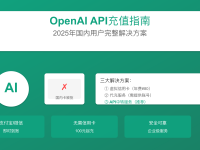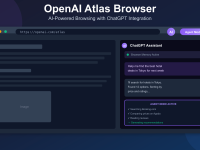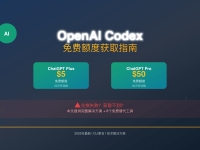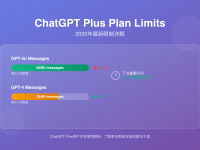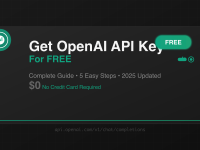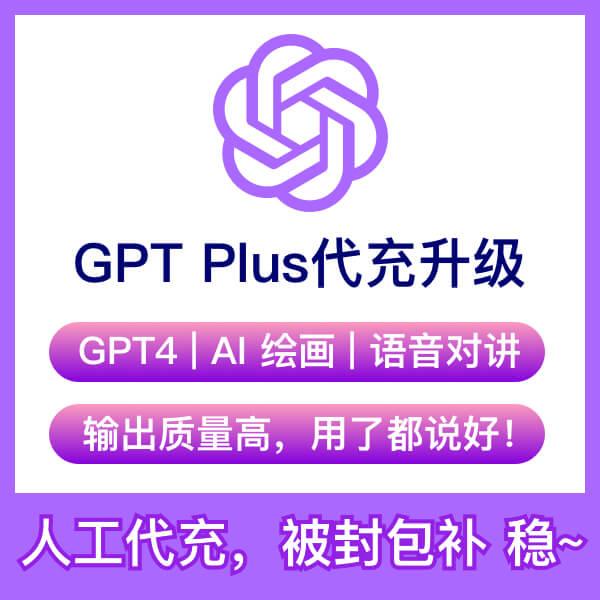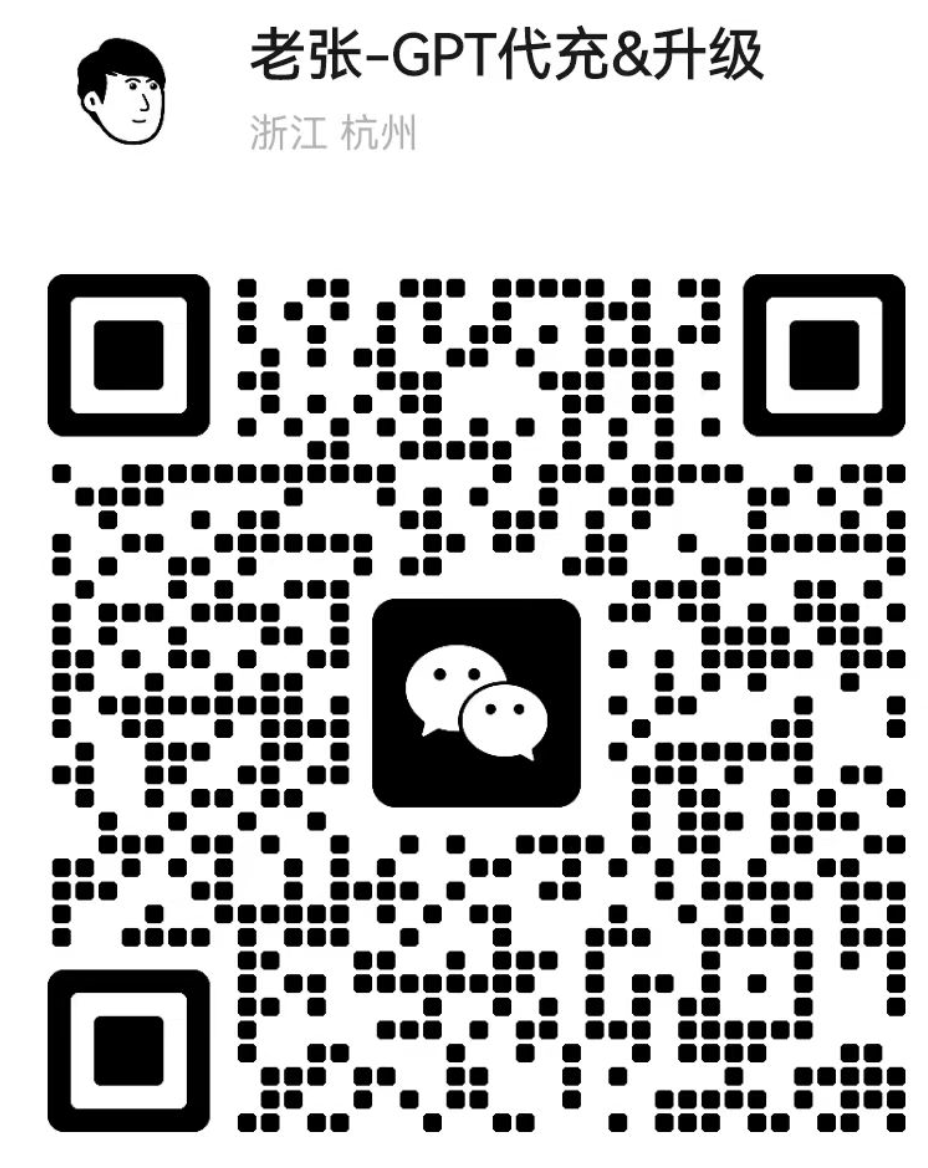Complete Guide to GPT-4o Image API: Integration, Pricing & Best Practices [2025]
OpenAI’s GPT-4o Image Generation API represents a significant advancement in AI-powered image creation technology. Released in 2025, this powerful API combines GPT-4o’s multimodal capabilities with sophisticated image generation, enabling developers to create remarkably accurate and context-aware visuals through natural language conversations.
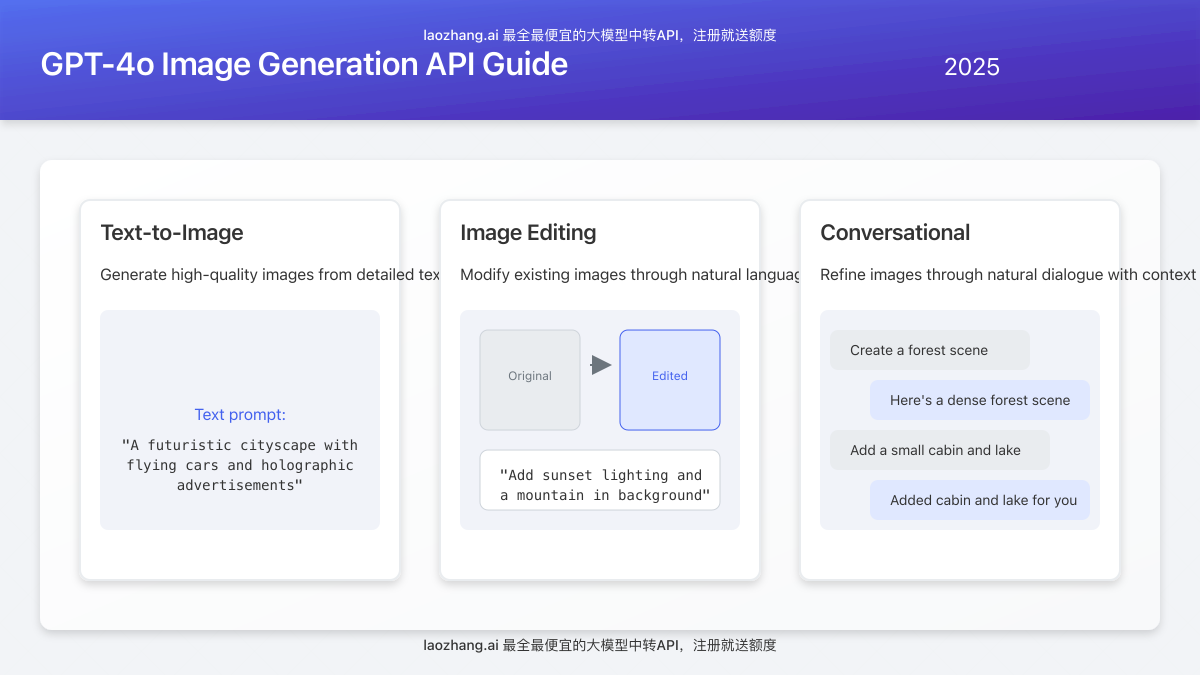
What Makes GPT-4o Image API Revolutionary
Unlike previous image generation models, GPT-4o’s image capabilities offer unprecedented accuracy in text rendering, precise prompt following, and leverage GPT-4o’s vast knowledge base during generation. The API excels at creating images with accurate text elements, diagrams, and follows detailed instructions with remarkable precision.
Key capabilities include:
- Conversational image refinement through natural dialogue
- Superior text rendering within images
- Context-aware image generation leveraging GPT-4o’s knowledge
- Realistic representation of spatial relationships
- Fine-grained control over image details

Current API Availability Status
As of April 2025, OpenAI has begun rolling out access to the GPT-4o Image API, though availability remains limited. While the image generation feature has been available in the ChatGPT interface since March 2025, API access is being gradually expanded to developers.
For those seeking immediate access to this technology, third-party services like laozhang.ai offer streamlined access to GPT-4o image generation capabilities through their API bridging service.
Accessing GPT-4o Image API Through laozhang.ai
laozhang.ai provides a reliable and cost-effective gateway to GPT-4o’s image generation capabilities, offering several advantages:
- Immediate access without waiting for OpenAI’s gradual rollout
- Competitive pricing with significant cost savings
- Simplified authentication and request handling
- Consistent API endpoint structure
- Generous free tier for testing and development
To get started with laozhang.ai’s GPT-4o image API:
- Register at https://api.laozhang.ai/register/?aff_code=JnIT
- Obtain your API key from the dashboard
- Integrate using their straightforward API documentation
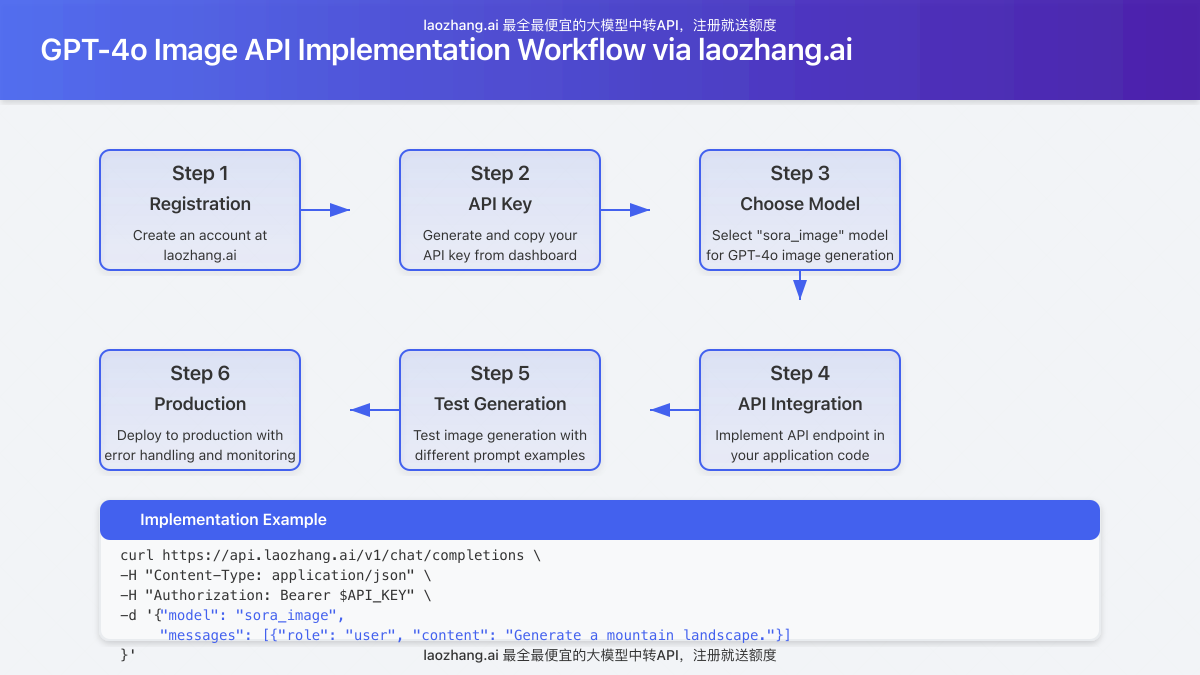
Implementation Guide: Text-to-Image Generation
Implementing GPT-4o image generation through laozhang.ai is straightforward. Here’s a basic example using cURL:
curl https://api.laozhang.ai/v1/chat/completions \
-H "Content-Type: application/json" \
-H "Authorization: Bearer $API_KEY" \
-d '{
"model": "sora_image",
"messages": [
{"role": "system", "content": "You are a helpful assistant."},
{"role": "user", "content": "Generate an image of a futuristic cityscape with flying cars and holographic advertisements."}
]
}'For Python implementation:
import requests
import json
api_key = "YOUR_API_KEY"
headers = {
"Content-Type": "application/json",
"Authorization": f"Bearer {api_key}"
}
payload = {
"model": "sora_image",
"messages": [
{"role": "system", "content": "You are a helpful assistant."},
{"role": "user", "content": "Generate an image of a futuristic cityscape with flying cars and holographic advertisements."}
]
}
response = requests.post(
"https://api.laozhang.ai/v1/chat/completions",
headers=headers,
data=json.dumps(payload)
)
print(response.json())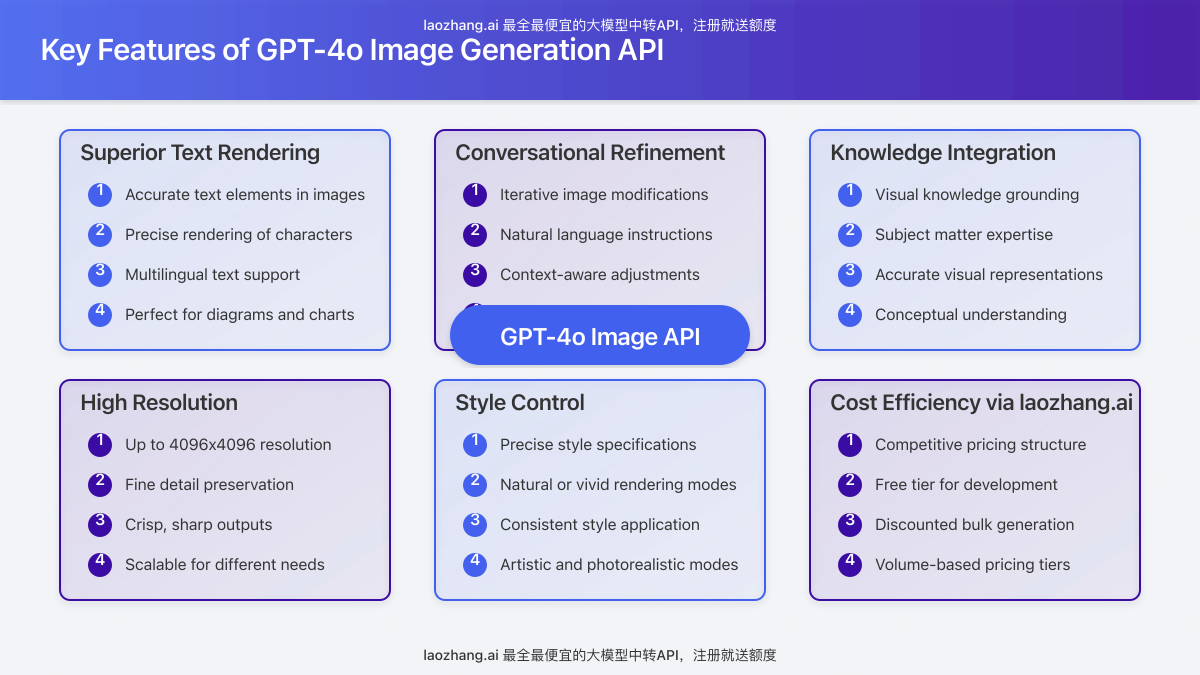
Advanced Implementation: Conversational Image Editing
One of GPT-4o’s most powerful features is conversational image refinement. This example demonstrates maintaining context while refining an image:
import requests
import json
import base64
api_key = "YOUR_API_KEY"
headers = {
"Content-Type": "application/json",
"Authorization": f"Bearer {api_key}"
}
# Function to encode image to base64
def encode_image(image_path):
with open(image_path, "rb") as image_file:
return base64.b64encode(image_file.read()).decode("utf-8")
# Initial image generation
payload = {
"model": "sora_image",
"messages": [
{"role": "system", "content": "You are a helpful assistant."},
{"role": "user", "content": "Generate an image of a mountain landscape."}
]
}
response = requests.post(
"https://api.laozhang.ai/v1/chat/completions",
headers=headers,
data=json.dumps(payload)
)
# Save the initial response
conversation_history = response.json()["choices"][0]["message"]
# Refine the image with additional context
base64_image = encode_image("saved_image.png") # Assuming you saved the first image
refined_payload = {
"model": "sora_image",
"messages": [
{"role": "system", "content": "You are a helpful assistant."},
{"role": "user", "content": "Generate an image of a mountain landscape."},
{"role": "assistant", "content": conversation_history["content"]},
{"role": "user", "content": [
{"type": "text", "text": "Add a cabin in the foreground and make it sunset."},
{"type": "image", "image_url": f"data:image/png;base64,{base64_image}"}
]}
]
}
refined_response = requests.post(
"https://api.laozhang.ai/v1/chat/completions",
headers=headers,
data=json.dumps(refined_payload)
)
print(refined_response.json())Supported Parameters and Configurations
The GPT-4o Image API supports several parameters to customize image generation:
| Parameter | Description | Values |
|---|---|---|
| size | Output image dimensions | 256×256, 512×512, 1024×1024, 2048×2048, 4096×4096 |
| quality | Image generation quality | standard, hd |
| style | Visual style preference | natural, vivid |
| n | Number of images to generate | 1-4 |
| response_format | Format of response | url, b64_json |
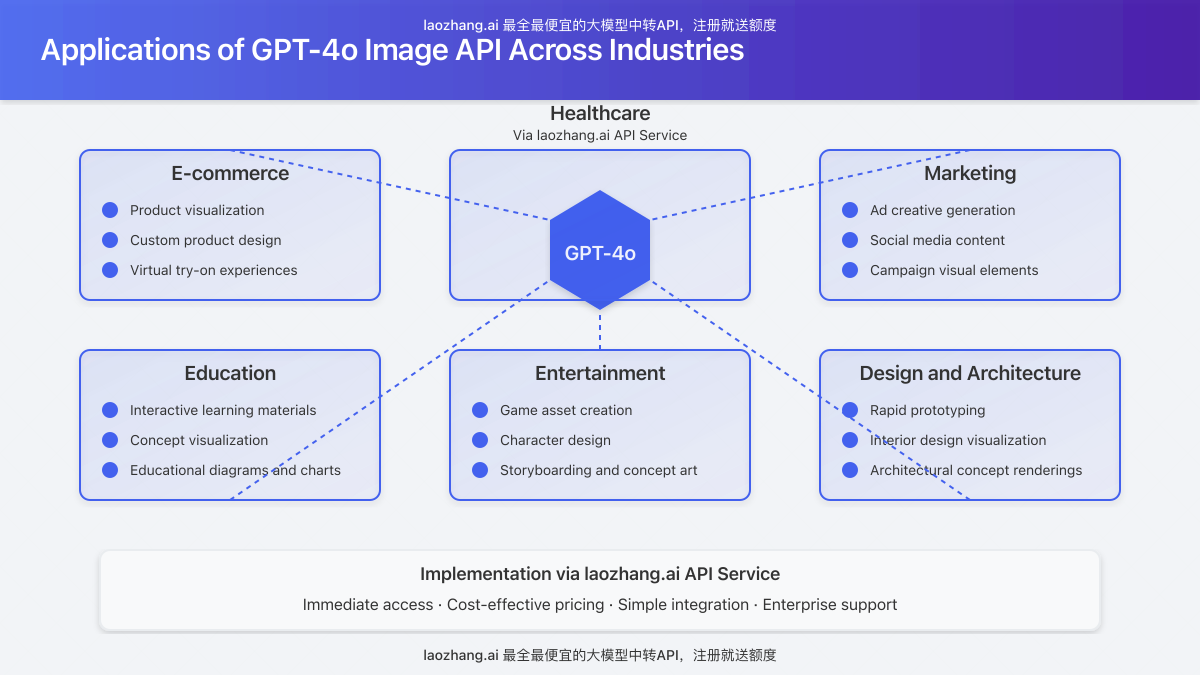
Pricing and Performance Considerations
Pricing for GPT-4o image generation varies based on resolution and quality settings. While exact OpenAI pricing structures continue to evolve, laozhang.ai offers competitive rates with significant discounts compared to direct API access.
Current laozhang.ai pricing (as of April 2025):
| Size | Standard Quality | HD Quality |
|---|---|---|
| 1024×1024 | $0.015 per image | $0.025 per image |
| 2048×2048 | $0.035 per image | $0.055 per image |
| 4096×4096 | $0.080 per image | $0.120 per image |
For optimal performance and cost management:
- Use smaller dimensions for initial testing and prototyping
- Implement response caching where appropriate
- Create detailed, specific prompts to reduce generation iterations
- Consider batch processing for multiple related images
- Implement user quotas and rate limiting in your applications
Best Practices for Effective Prompting
To get the best results from GPT-4o Image API:
- Be specific and detailed in your prompts
- Use clear language about composition, style, and elements
- Specify important details like lighting, camera angle, and mood
- Leverage conversational refinement for iterative improvements
- Provide reference images when available for more targeted results
- Use system messages to establish consistent style guidelines

Common Use Cases and Applications
GPT-4o Image API excels in numerous applications:
- E-commerce product visualization and customization
- Content creation for marketing and social media
- Educational and training material illustration
- Conceptual design and prototyping
- Interactive storytelling and game asset creation
- Data visualization and infographic generation
- Personalized digital art creation
Conclusion
GPT-4o Image API represents a significant advancement in AI-powered image generation, combining conversational intelligence with precise visual creation capabilities. While OpenAI continues its gradual rollout, services like laozhang.ai provide immediate access to these powerful capabilities.
To start integrating GPT-4o image generation into your applications today, register at laozhang.ai and explore their comprehensive documentation.
For technical support or questions about GPT-4o image API integration, contact laozhang.ai’s support team via WeChat: ghj930213.




